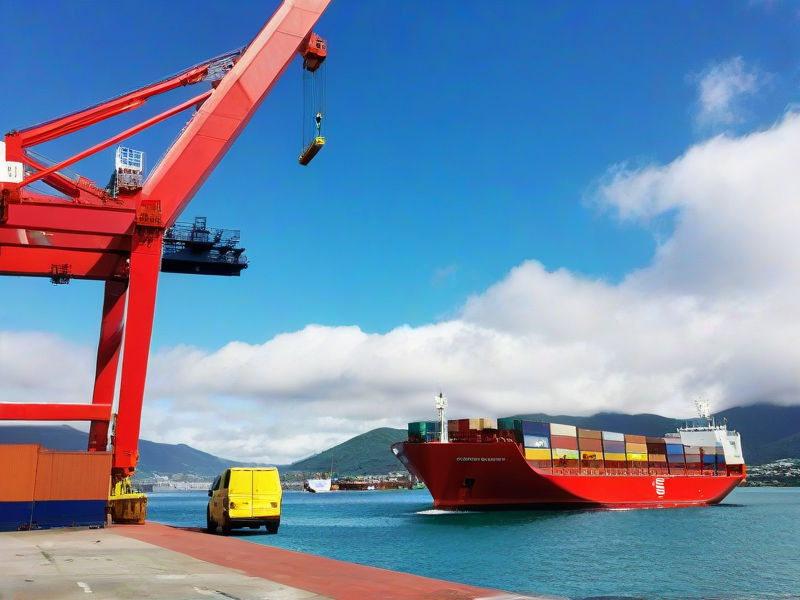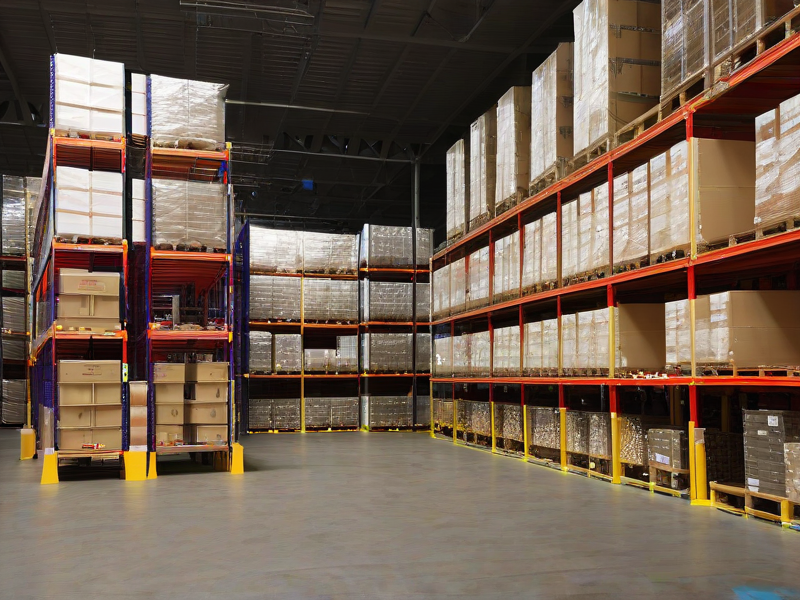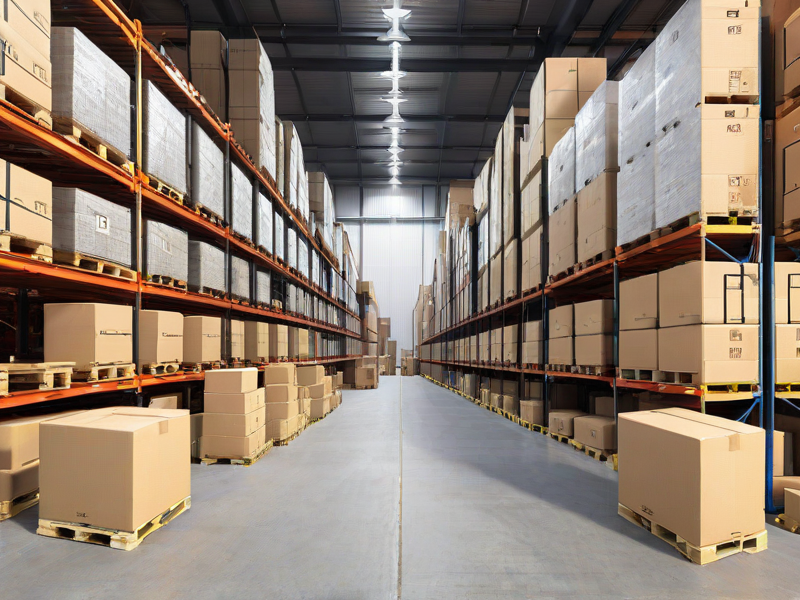Since the end of the pandemic, the growth rate of China’s express delivery volume has rebounded in a short period of time. Starting from February 2023, the growth rate of express delivery volume has remained at a high level. Looking at the whole year of 2023, the growth rate was 19.4%, close to 20%. Moving into 2024, the growth rate from March to June has remained around 30%, with the overall growth rate for the first half of the year at 23.1%.

Express delivery is an extremely important part of China’s economic activities, so studying express delivery cannot be separated from the overall economic environment. The development of the e-commerce industry is particularly important in this regard, as over 80% of express delivery items are e-commerce parcels. Therefore, the rise and fall of express delivery are closely tied to e-commerce.

The weakness in the national economy has led to sluggish development in China’s manufacturing and e-commerce industries, which directly limits the development of the downstream express delivery industry. As a result, the current express delivery industry is not in an expanding market, and leading companies can only compete within a limited volume of packages.

Despite the challenges in the growth of e-commerce parcels, the growth targets for express delivery companies have not decreased. Each company’s market share targets continue to rise annually, placing a heavy burden on their local branches. It is reported that most branches still face increasing task volumes every year, with growth rates exceeding 20%, far higher than the growth rate of the e-commerce industry. In other words, the growth targets set by express delivery companies are misaligned with the current state of the industry.

Given the difficulties in the natural growth of e-commerce parcels, branches face tremendous pressure to meet their targets. To avoid hefty fines, branches have no choice but to compete for customers at lower prices, which can easily lead to a price war among competitors, ultimately leaving everyone unprofitable. When branches are unable to win over customers from competitors, they resort to fake orders to meet their targets. Although fake orders incur some costs, they are still more economical compared to the fines imposed by headquarters. Therefore, branches are compelled to choose fake orders to meet unrealistic targets set by headquarters.

This situation leads to another serious consequence—distortion of business volume data in the express delivery industry, creating a false sense of prosperity. By comparing the growth rates of express delivery volume and revenue in the first half of 2024, it is clear that while the volume appears to be thriving, the actual growth in revenue is not as high. In fact, the growth rate of express delivery revenue is similar to that of the e-commerce industry, indicating that the current revenue growth more accurately reflects the true state of the industry.

 alt=""
alt="" 


 Logistics line quotation
Logistics line quotation Cross-border express order
Cross-border express order 24 hours online customer service
24 hours online customer service Huixiang Cross-border Logistics all rights reserved
Huixiang Cross-border Logistics all rights reserved 






